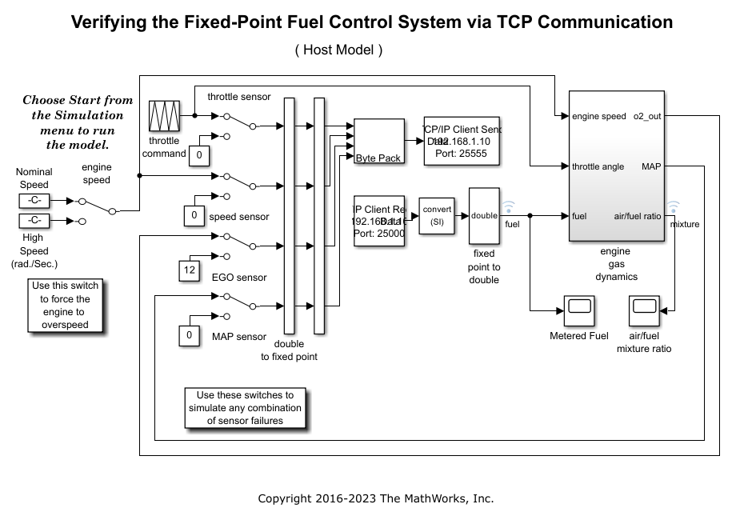UDP Send
Send UDP packets to UDP host
Libraries:
Embedded Coder Support Package for STMicroelectronics STM32 Processors /
STM32F4xx Based Boards
Embedded Coder Support Package for STMicroelectronics STM32 Processors /
STM32F7xx Based Boards
Embedded Coder Support Package for STMicroelectronics STM32 Processors /
STM32H7xx Based Boards
Embedded Coder Support Package for STMicroelectronics STM32 Processors /
STM32F2xx Based Boards
Description
The UDP Send block sends an input vector as UDP packets over an IP network port to a UDP host. Use the block for stateless and connectionless data transmission.
The block sends packets from the port number specified in the Local IP Port (-1 for automatic port assignment) parameter.
Specify the IP address and the port number of the receiving host in the Remote IP address (255.255.255.255 for broadcast) and Remote IP Port parameter.
You can choose to send the UDP packets in blocking or non-blocking mode.
Note
When DHCP is enabled with TCP/IP or UDP blocks in the model, the code waits in an infinite loop until IP is assigned to the board. Hence, user must ensure board is connected to router, if their model has any UDP/TCP block in their model with DHCP enabled.
Examples
Ports
Input
Parameters
Extended Capabilities
Version History
Introduced in R2017a
